Summary Images for Known Extrasolar Planets
 First set of extrasolar planets
First set of extrasolar planets
 Second set of extrasolar planets
Second set of extrasolar planets
 Third set of extrasolar planets
Third set of extrasolar planets
 Fourth set of extrasolar planets
Fourth set of extrasolar planets
Because these images are so large, we have chosen to list them seperately. Viewing all four images will show you all of the known extrasolar planets to date (November 29, 2001). Mercury, Venus, Earth, Mars and Jupiter are listed for reference.
The first thing to note about these images is that there is a mass key on the fourth image. Mass is given in MJ, Mass of Jupiter. So for instance, an extrasolar planet that has a mass of 3.9 MJ is 3.9 times as massive as Jupiter. Jupiter's mass is 1,898x10^24 kilograms, so the extrasolar planet's mass is 3.9 X 1,898x10^24 kilograms.
The name of each planet is written in white on that bar. Most planets are simply a derivation of the parent star's name. Eccentricity of the planet's orbit is listed at the end of each bar. And the distance from the parent star can be read by looking at the AU bar at the top and bottom of each image.
You might also be interested in:
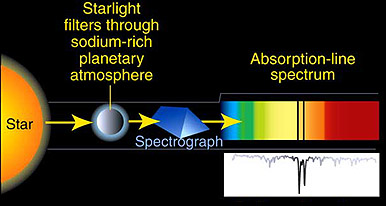
You probably know there are nine planets in our own solar system...but did you know that we know of 76 planets that are outside our own solar system? These planets orbit other stars and are called extrasolar
...more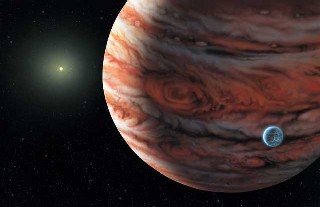
A team of astronomers, who have been peering into the skies for many years, announced that they have found 13 planets outside our solar system called exoplanets. This brings the total number of known exoplanets
...more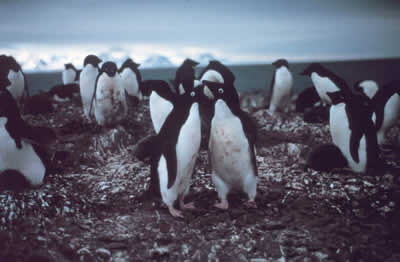
Scientists have recently discovered that thousands of Adelie Penguins thrive in patches of the chilly Southern Ocean near Antarctica's coastline. In these special areas of the ocean, called polynyas,
...more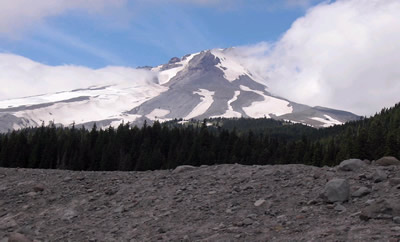
Scientists have learned that Mount Hood, Oregon's tallest mountain, has erupted in the past due to the mixing of two different types of magma. "The data will help give us a better road map to what a future
...more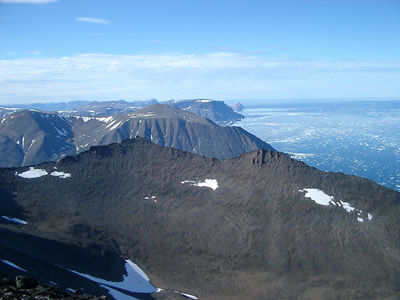
The Earth's mantle is a rocky, solid shell that is between the Earth's crust and the outer core, and makes up about 84 percent of the Earth's volume. The mantle is made up of many distinct portions or
...more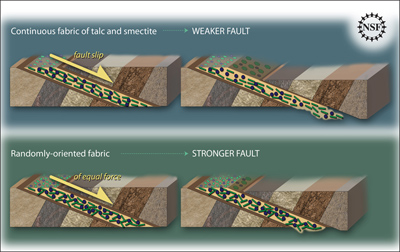
Some geologic faults that appear strong and stable, slip and slide like weak faults, causing earthquakes. Scientists have been looking at one of these faults in a new way to figure out why. In theory,
...more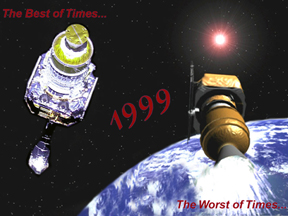
It was another exciting and frustrating year for the space science program. It seemed that every step forward led to one backwards. Either way, NASA led the way to a great century of discovery. Unfortunately,
...more
 First set of extrasolar planets
First set of extrasolar planets
 Second set of extrasolar planets
Second set of extrasolar planets
 Third set of extrasolar planets
Third set of extrasolar planets
 Fourth set of extrasolar planets
Fourth set of extrasolar planets













